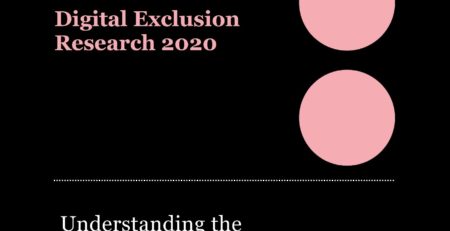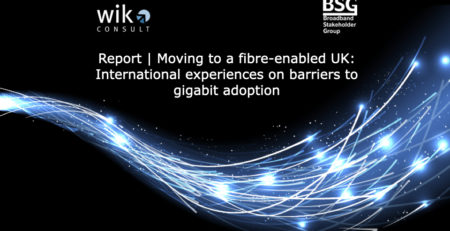New study highlights potential of wireless and satellite to deliver next generation broadband
The Broadband Stakeholder Group published a new study today by Analysys Mason on the costs and capabilities of wireless and satellite technologies.
The report provides a snapshot view looking forward to 2016 and finds that:
-
Terrestrial wireless can provide a cost effective alternative to fibre in some rural areas, but would require more masts to be built and the use of external antennas on residential buildings
-
Satellite will provide an effective solution for delivering next generation broadband in the hardest to reach locations
-
The release of more spectrum would further reduce the cost and increase the capability of wireless and satellite solutions.
“The story of broadband Britain isn’t just about fibre??? said Antony Walker, Chief Executive of the Broadband Stakeholder Group. “It is about how we enable a range of technologies to be deployed. There simply isn’t a one size fits all technology solution to deliver a truly ubiquitous next generation broadband Britain, we’ll need to use all of the technologies available.???
The report suggests that terrestrial wireless technologies are capable of delivering a quality of service sufficient to meet the growing demand for capacity from households and small businesses within the decade ahead and that they could provide more cost effective solutions than fibre for about 15% of UK homes.
With more spectrum, terrestrial wireless could provide a cost effective alternative to fibre across much of the so called final third of households. Meanwhile satellite will be essential for providing next generation broadband to locations that wireless or fibre cannot reach.
That is not to say that there won’t be challenges and limitations. Delivering next generation broadband by terrestrial wireless will require many more base stations to be deployed and the use of external antennas on many buildings, which may not be possible everywhere. It is also harder to predict how wireless and satellite technologies might evolve in the longer term to meet demand in say 10-15 years time.
“Making detailed comparisons between different technologies is difficult???, said Walker. “There are always trade-offs to be made. This report seeks to make those trade-offs more transparent and should help to inform decision makers up and down the country who are thinking about the UK’s future broadband capability.???
The BSG believes in particular that this report should focus thinking on how additional spectrum could be made available to support next generation broadband deployment. In the recent Comprehensive Spending Review the government said that an additional 500MHz of spectrum could be made available in the 3.4 to 3.6 GHz bands.
“There’s a strong argument to suggest that some of that spectrum should be used to deliver rural next generation broadband???, said Walker.





